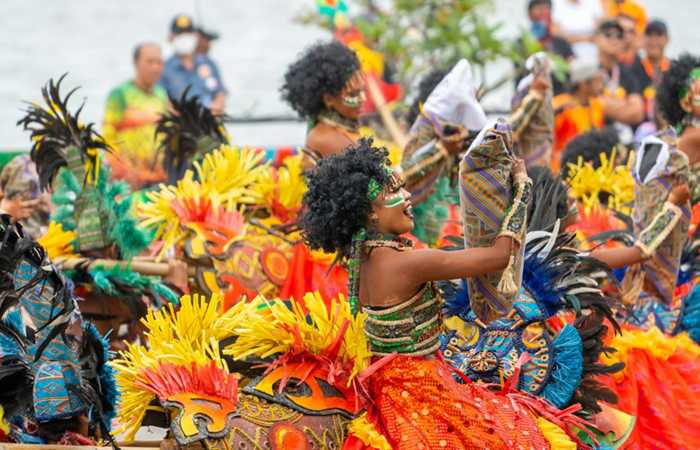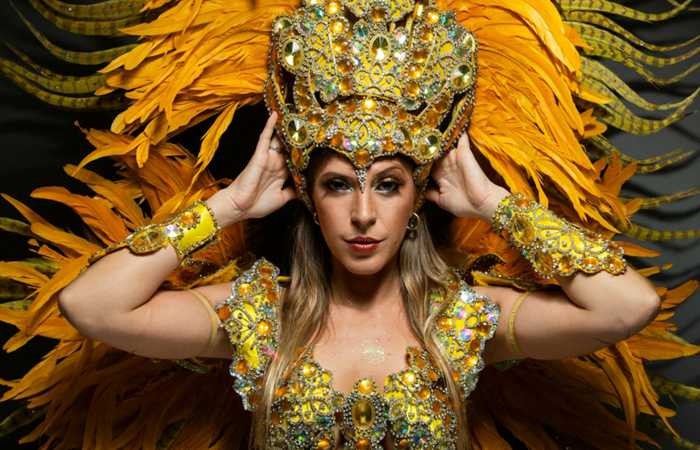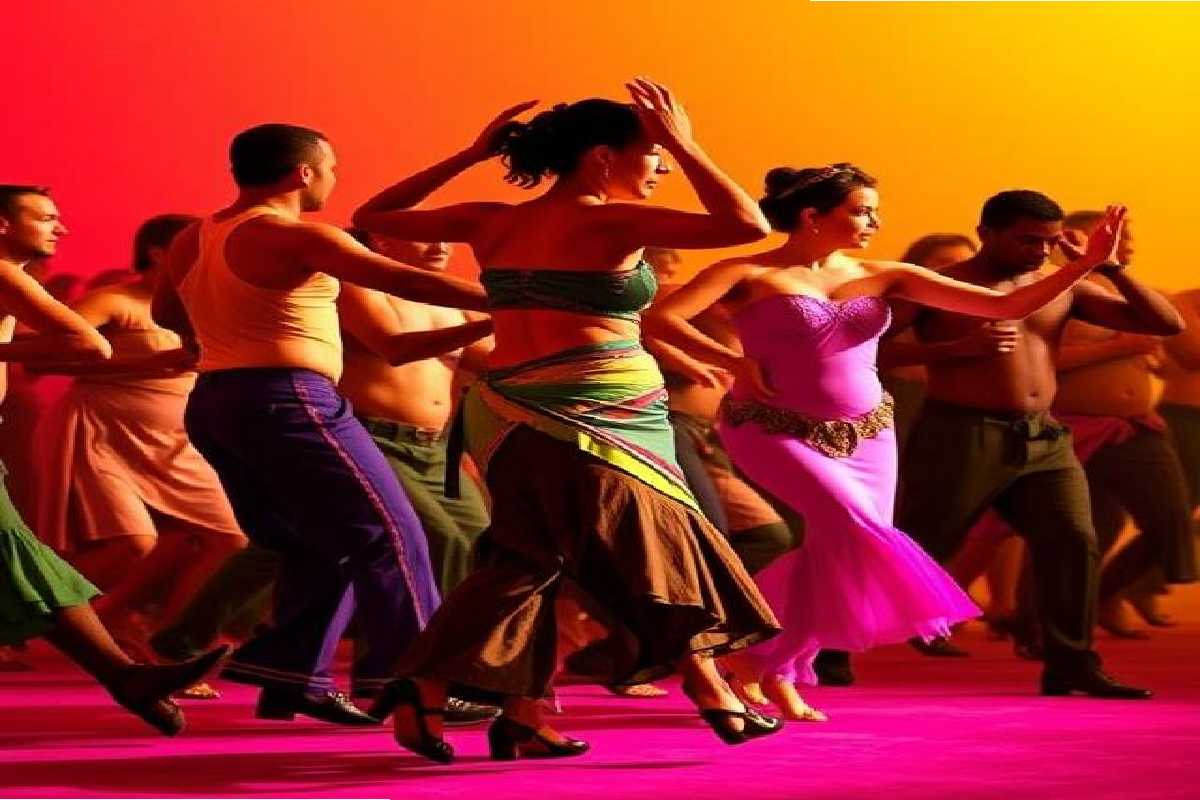
Samba is more than just an energetic dance; it is a vibrant language of expression deeply rooted in Brazilian culture. With each movement, samba tells a story of passion, resilience, and celebration. Exploring samba’s dance language, dancers communicate emotions through rhythmic footwork, fluid hip movements, and intricate gestures that date back to Afro-Brazilian traditions. This dynamic dance has evolved over centuries, carrying influences from African and Portuguese cultures while maintaining its essence as a means of self-expression.
Table of Contents
The Role of Rhythm in Samba
At the heart of samba’s language is its rhythm. The pulsating beats of the samba drums create an energetic foundation that guides the dancer’s movements. Every step and sway aligns with the music, creating an intricate dialogue between the performer and the audience. The repetitive foot patterns, often in sync with rapid hip isolations, convey emotions ranging from joy to desire. The dancer’s ability to sync with the rhythm showcases their skill and passion, making each performance unique and deeply personal.
Expressive Power The of Body Movement
Another essential element of samba’s expressive nature is body movement. Hip undulations, arm flourishes, and torso isolations are not just aesthetic choices but forms of communication. For instance, a slow and controlled hip movement can symbolize seduction, while quick, sharp footwork may represent excitement or festivity. These movements are often improvised, allowing dancers to tell their own stories through physical expression. The fluidity of samba’s movement is a testament to the dancer’s connection to the rhythm and their ability to translate emotions into motion.
Symbolic Gestures in Samba
Gestures in samba also hold symbolic significance. Hand movements, often inspired by African and Indigenous influences, add layers of meaning to the dance. A raised arm with open palms can signify openness or invitation, while circular arm movements may represent waves of energy or storytelling. Dancers use their entire bodies to communicate, making each performance a rich tapestry of meaning that extends beyond the steps themselves. This expressive form of storytelling makes samba not only a visual delight but also a deep reflection of history and emotion, allowing each dancer to become a narrator of their own personal journey.
Samba as a Social Connection
Samba is also a social language that fosters connection. In carnival parades and dance halls, performers interact with each other and their audiences through movement. The energy exchange between dancers and spectators creates a shared experience where emotions are transferred without words. This connection is especially evident in samba de roda, a traditional form of samba where dancers take turns expressing themselves in the center of a circle, responding to the rhythm and energy of their peers. This communal aspect of samba strengthens relationships and builds a sense of unity, reinforcing its role as an important cultural and social practice in Brazil and beyond.
Cultural and Historical Significance of Samba
The cultural context of samba’s movements cannot be overlooked. Historically, samba served as a form of resistance and empowerment for Afro-Brazilian communities. The dance was a way to preserve cultural identity and express resilience in the face of oppression. Today, samba continues to be a source of pride and celebration, with its movements carrying the legacy of generations before. Whether performed in a carnival parade, a dance competition, or a casual street party, samba remains a living testament to Brazil’s diverse cultural heritage.
The Role of Costumes in Samba’s Storytelling

Costumes play a crucial role in amplifying samba’s storytelling. The elaborate headdresses, sequined outfits, and feathered accessories are not just for show—they accentuate the dancer’s movements and add visual drama to the performance. The shimmer of a costume enhances every hip shake and spin, making the dancer’s expressions more captivating. The colors and designs often reflect themes of celebration, history, and artistic creativity, further enriching the dance’s narrative. Samba costumes serve as an extension of the dancer’s personality and movement, ensuring that every step is visually striking and emotionally engaging.
The Influence of Samba Beyond Brazil
While samba has its roots in Brazil, its influence extends far beyond its country of origin. Today, samba is performed and appreciated worldwide, with dance schools and festivals dedicated to keeping the tradition alive. The rhythm and movement of samba have inspired other dance styles, contributing to the evolution of Latin and ballroom dances. Many international performers incorporate samba elements into their routines, demonstrating its universal appeal.
The Universal Language of Samba
Ultimately, samba’s dance language is a powerful form of nonverbal communication that transcends borders. Whether you are a seasoned performer or a curious observer, understanding the hidden messages in samba’s movements allows you to appreciate the depth and beauty of this art form. With each step, spin, and gesture, samba tells a story that invites everyone to listen—not with their ears, but with their hearts.

